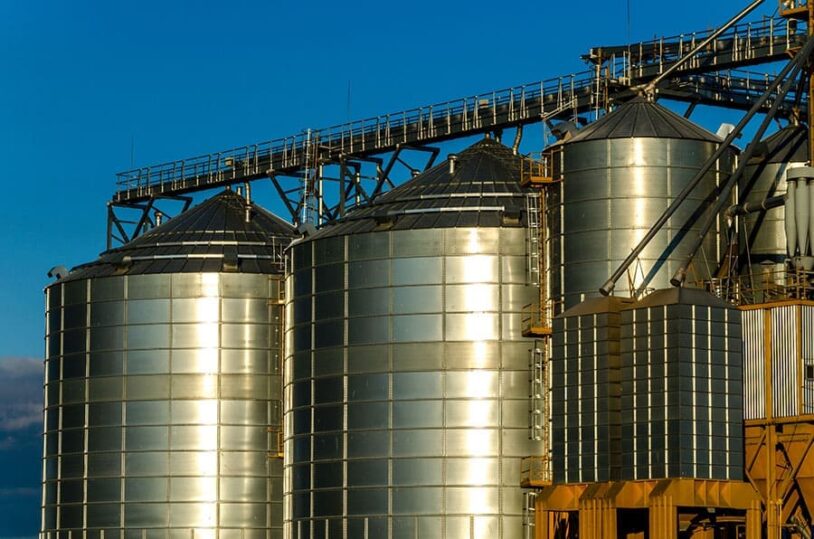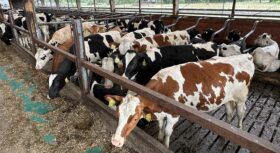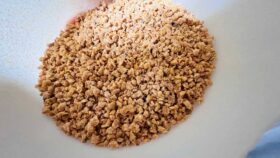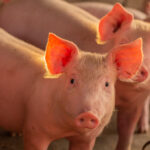By Ivan Ilic, Global Manager Technical Product Applications, EW Nutrition
It has been a rough couple of years for the world. And from climate change to war, all negative impacts have reverberated down to feed millers.
- Climate change affected raw material prices and availability
- COVID-19 impacted shipping costs and manpower
- War impacted energy prices and raw material availability
And that´s without even considering market trends toward sustainability, shifting resources to biofuel, and so on.
With all these challenges going on, working to improve feed mill efficiency has lately kept me extremely busy. I´ve been traveling and talking to customers around the world about SurfAce and how we bring benefits in energy cost savings, process efficiency, moisture optimization, and so on. But when I am at home, I take a walk every evening in the woods near my house. I often use the time to reflect on personal and professional issues.

At some point, I found myself thinking about the European Basketball Championship (in Serbia, basketball is a national sport). Last year, the head coach of the Serbian national team decided not to call one of our best players to the national team. Lots of people criticized this decision, as for the past few years he had been one of the top players in Europe.
So, I started to think about choosing a team over a star. How do you balance your strong points to make sure of a win? (Yes, there is a connection to feed mills. I´m getting there.)
Winning through strategy rather than showmanship
Bozidar Maljkovic is a Serbian legend, who trained several winning teams, among which the European champion team Limoges. This was a French team he picked up mid-season, with moderate resources on the basketball court as well as outside it. The entire 1993 Euro season, Maljkovic chose to play extreme defense and score a very low number of points. In the finals, he played against a big favorite: Benneton Treviso, a wealthier team that, at that time, had a roster of excellent players. He won the game using the same strategy: tight defense, highly tactical game. A championship won not on artistic merit but on strategy.
After that final game, his good friend and well-known coach of Treviso, Petar Skansi, accused Maljkovic that he was destroying the basketball game with that tactic. Maljkovic answered to Skansi in more or less these words: you give me Kukoc (Treviso´s best player) and I´ll win on a different tactic.
When I remembered this episode during my walk, I suddenly saw a pattern in basketball coaching and feedmill management.
Know your objective
As in basketball, in feed milling you must be clear about your target, your main objective. In Maljkovic´s case, the objective was not to make basketball games attractive for the public, just as it was not to his objective to showcase his players. His target was to win the Euro title.
The same goes for the feed mill. Sure, you have several objectives, but there must be a main one. Say your primary objective is to maximize profit. If that is the case, then the next step is to be sure of what the market demands. This way you can avoid spending money for added value on something that the market is unwilling to pay for.
Know your players
Once you know what outcome you can deliver and what the market is prepared to pay for, the next step is analytics.
You must dive deep into your feed mill and get all the data on your “players”: raw materials, technology, people, machines, parameters, logistics etc. You must understand the current status and capabilities of your players, with advantages and limitations. Your job is to use them to the best of their capabilities in order to achieve your objective.
Know the interconnections between players
Just as every player depends on others, also feed mill processes are related and interdependent. If you want to have fine grinding, you will achieve better PDI, but it will cost more energy in milling and the result may not be as good for some categories of animals. Is this efficient and acceptable? It all depends on your main objective.
Balancing between pros and cons and walking that thin line is what efficiency means. With these challenges looming large, finding that balance will be the main task in feed milling.
Be curious
“Be curious” is one of the values of our company, but I would prompt anyone to adopt it. Play with parameters, support operators to do it, and find the point that yields maximum return for your specific objective.
Literature without your own data is fiction. In literature you can find data that says, for instance, that for every 15°C you have 1% more moisture. You can also find literature that says you have 1% more moisture for every 12°C or every 17°C. But what is the ratio in your feedmill? If you do not know, you are still not diving deep enough.
You need to figure out the interconnected factors in your own production. If you calculate by the books and official recommendations, you are adjusting work in some other feed mill, not yours. Yes: guidance is very important to understand relations and to be aware of margins. But inside those margins, you have to find your own numbers.
Find the least opportunity cost
Very often I see goals that are rebels without a cause. Take PDI, for instance. PDI is an important value, no doubt. It has been shown that better PDI correlates with better FCR etc.
However, when you set a target value for PDI you need to be sure that future investment in increasing PDI is relevant to your customers – and that they are willing to pay for that. Even if you are an integrator, first do the math on the benefits and the cost. With rising costs not just for you but also for your end customers, make sure the market can support the premium you are struggling to deliver. If you are sure, then find the most adequate way to win it. You can increase your PDI in lots of different ways, so you will need to calculate the least opportunity cost.
Production is a game of interdependencies. So is any team sport, in fact. When a coach makes a decision to put a star player in the spotlight, there may be a show but not always a win.
In a feed mill, the end game is always played around winning. It is a complex tactic of balancing all players and getting the most in your very specific circumstances. Our job is to identify and maximize these „synergies” in each specific case – and I can confirm that each case is different. In the end, Kukoc may have played the same game in Jugoplastika or Treviso, but no two feed mills are quite the same; even in same feed mill, no two lines will be adjusted the same way.















